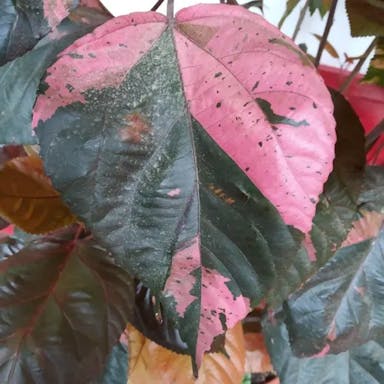The shrub Acacia victoriae, occasionally called Acacia bush, flourishes across the continent of Australia. With tolerance for varied terrain, this wooded plant thrives in assorted settings. Dense and bushy in habit, it may mature as a small tree up to six meters tall. The foliage takes on a grayish-green tone, with bipinnate leaves dividing into tiny leaflets. This lacy appearance lends the plant delicate grace. Floral clusters emerge, dotting Acacia victoriae with sweetly scented yellow blossoms. Bees visit to aid pollination and reproduction. After the flowers fade, elongated seed pods form to contain and distribute seeds. Birds and other fauna gather the protein-rich seeds as a food source. Hardy and adaptable, Acacia victoriae requires minimal care to grow well. It brings ornamental beauty and wildlife habitat to gardens and landscapes across its native Australia.
0
0






